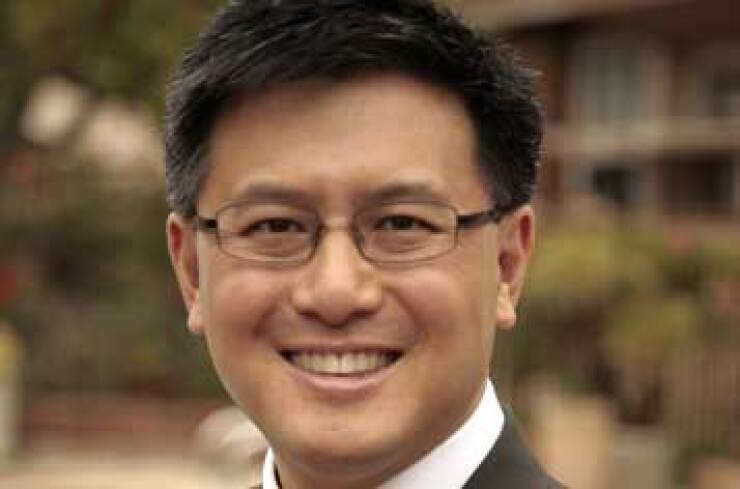
SAN FRANCISCO — State Controller John Chiang warned of California's growing unfunded retiree healthcare liability and proposed a plan to help tackle it in a report released Dec. 16.
At $71.8 billion, the cost is up $7.2 billion from the $64.6 billion obligation identified in June 2013.
Healthcare claims did not grow as rapidly as expected, and design changes in health systems helped to lower costs, but new mortality assumptions outweighed these positive events.
The new assumptions, under which men are expected to live two years longer and women are expected to live 1.8 years longer, have added $7.1 billion to the liability.
"The price tag associated with providing healthcare to retired state workers has quietly grown to rival or even eclipse the funding gap associated with public pensions," Chiang said in a statement.
"While important steps have recently been taken to properly fund the State's pension obligations, we remain dangerously complacent about a liability that has grown by a stunning $24 billion in just the past eight years," he said. "If we continue to do nothing, we will be sowing the seeds of a future crisis."
The retiree healthcare liability has been a priority for Chiang, who began warning about the issue in 2007 when his office pegged the unfunded cost at $47.8 billion.
Chiang is proposing a five-year implementation plan, at the end of which retiree medical and dental costs earned annually in the future by its active workforce will be fully prefunded, reducing the unfunded, long-term liability by $19.5 billion because a higher discount rate can be supported under the funding policy.
"With pre-funded pensions, investment returns cover roughly two-thirds of all payouts," Chiang said. "By pre-funding healthcare in a similar manner, we can allow interest returns to significantly reduce the burden on workers and the taxpayers they serve."
His plan would do away with the current pay-as-you-go policy, which covers the minimum amount as costs are due, and shifts to a pre-funding model. Chiang proposes paying $250 million in 2015-16, $670 million in 2016-17, getting up to $1.7 billion by 2019-20.
In addition to implementing this plan, Chiang said the state should continue to be aggressive in its efforts to contain healthcare costs by promoting prevention and innovations in health care delivery.





